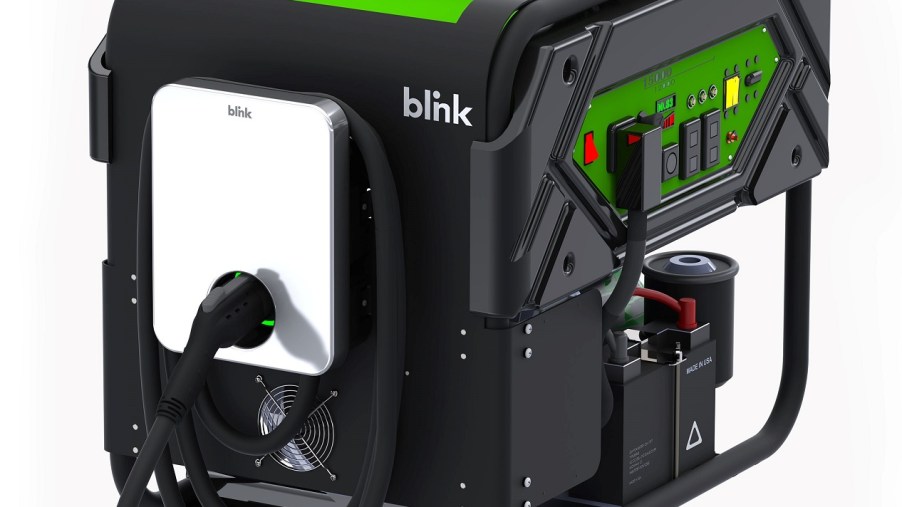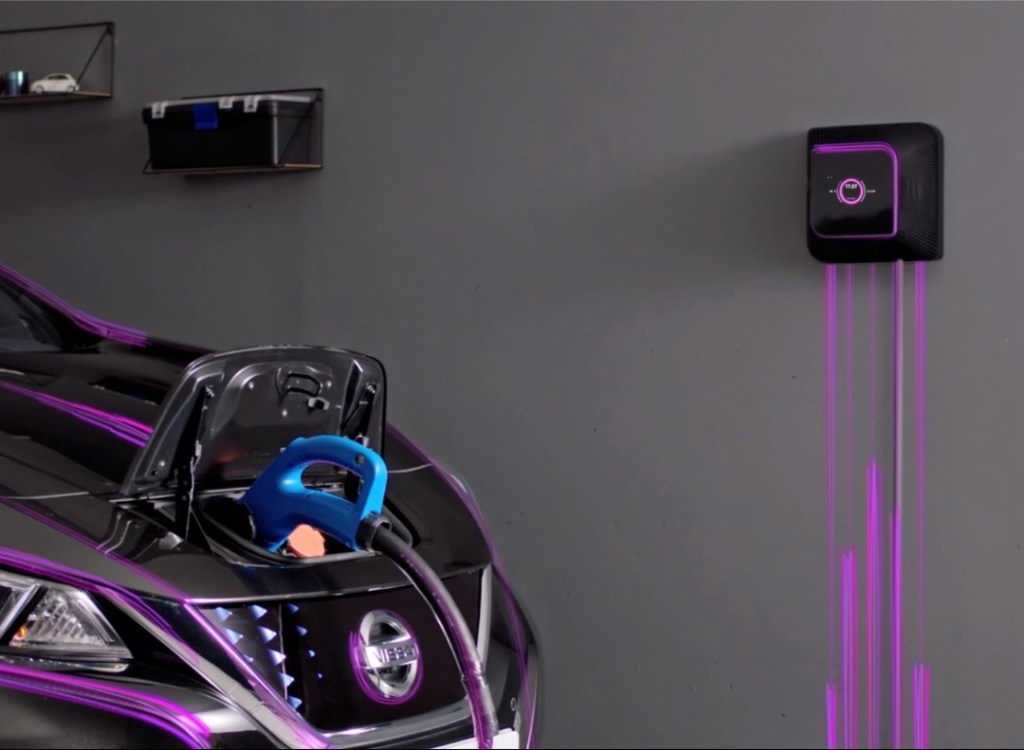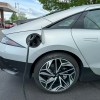
A Gas-Powered EV Charger Is an Imperfect Solution for Range Anxiety
Despite modern battery technology, quite a few consumers still suffer from EV range anxiety. For the most part, if you live in a large city, that’s less of an issue. However, for those who need to travel long distances, especially if they’re towing, fast-charging infrastructure is still somewhat behind. And if you run out of charge, you can’t just add gas to the tank, although Nikola’s partial-hydrogen Badger is working on that. To help curb some of these concerns, Blink has a portable EV charger. Unfortunately, it’s a flawed solution.
Blink’s portable EV charger
Blink already has a network of conventional EV charging stations, as well as a service providing these chargers to businesses. However, in an attempt to assuage range anxiety, the company has unveiled what it claims to be the first portable EV charger on the market.

Blink’s portable EV charger is rated for 240V AC, and can deliver up to 9.6 kW of power. That makes it a Level 2 charger, The Drive reports. Allegedly, it can add up to 1 mile of range per minute. It’s compatible with all EVs, including Teslas, which have their own proprietary charging standards, Car and Driver reports.

However, it does all this by burning gasoline, roughly 10.9 gallons in 9 hours. Yes, the Blink portable EV charger is essentially a gasoline generator. It’s also a fairly expensive one, with a starting price of $6500. In comparison, the most expensive gasoline generator Popular Mechanics recommends costs less than $1200.
Admittedly, that $6500 price is for roadside assistance services. The private-consumer version starts at $3500, which is still somewhat pricey. But that’s not actually the final cost. The consumer version will be networked to your Blink account, and charge said account a flat $18 monthly operation fee as well as an additional per-kWh fee, The Drive reports. Think of it like renting a router and modem from your ISP, as opposed to buying your own setup.
To be fair, Blink should be given credit for at least creating one of the first universal-fit gasoline-powered EV chargers. But while it’s better than using a normal gasoline generator to recharge your EV, it’s still not the best solution.
Gasoline generators don’t make good EV chargers
To be sure, recharging an EV isn’t always 100% emissions-free. Depending on where you charge, your electricity may come from non-renewable energy sources. However, using a purely-gasoline-powered method of producing electricity is assuredly more problematic than taking it from a blend of sources. And unfortunately, turning a gasoline generator into an ersatz EV charger causes further complications.
That’s not to say you can’t. The Fast Lane did manage to partially recharge a Tesla with a portable gasoline generator. However, the Tesla stopped accepting a charge after only 12 miles of range were added. And going to a larger generator didn’t help, because it wasn’t grounded properly, although that can reportedly be remedied with certain adapter plugs.
In addition, Generator Grid reports the in-car electronics that govern EV recharging only accept certain types of electrical input. But, even if your gasoline generator met all these criteria, it would take several hours for a truly portable gasoline generator to add a meaningful range to your EV.
Are there alternatives?
Unfortunately, there aren’t many other portable EV chargers available. Or rather, there aren’t many stand-alone portable EV chargers. Instead, most are designed to plug into conventional outlets and boost the charging time from Level 1 to Level 2 speeds, InsideEVs reports.
SparkCharge has developed one that’s powered purely by rechargeable lithium-ion batteries. However, it’s not available to private customers. However, SparkCharge has begun partnering with roadside assistance services to provide on-demand EV recharging. In fact, The Verge reports Volkswagen is planning on a similar mobile service.

But, unless you genuinely do risk running low on a regular basis, the best solution is to install a home charger. Or, in a pinch, recharge the EV by towing it.
Follow more updates from MotorBiscuit on our Facebook page.


